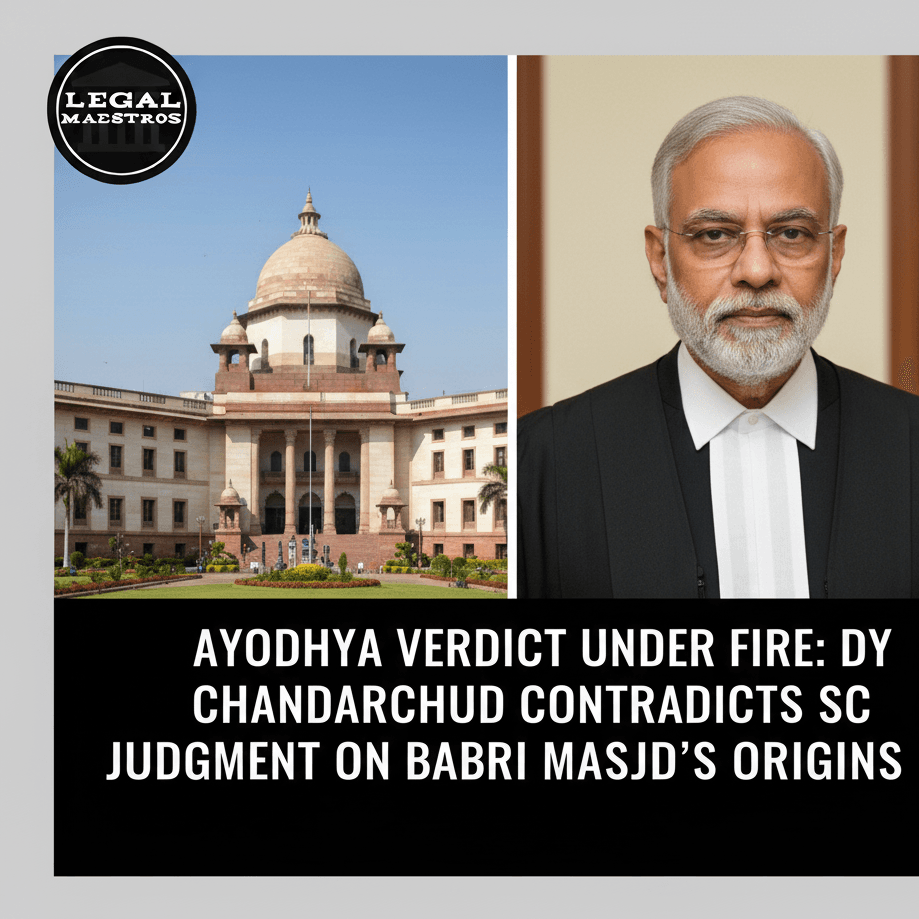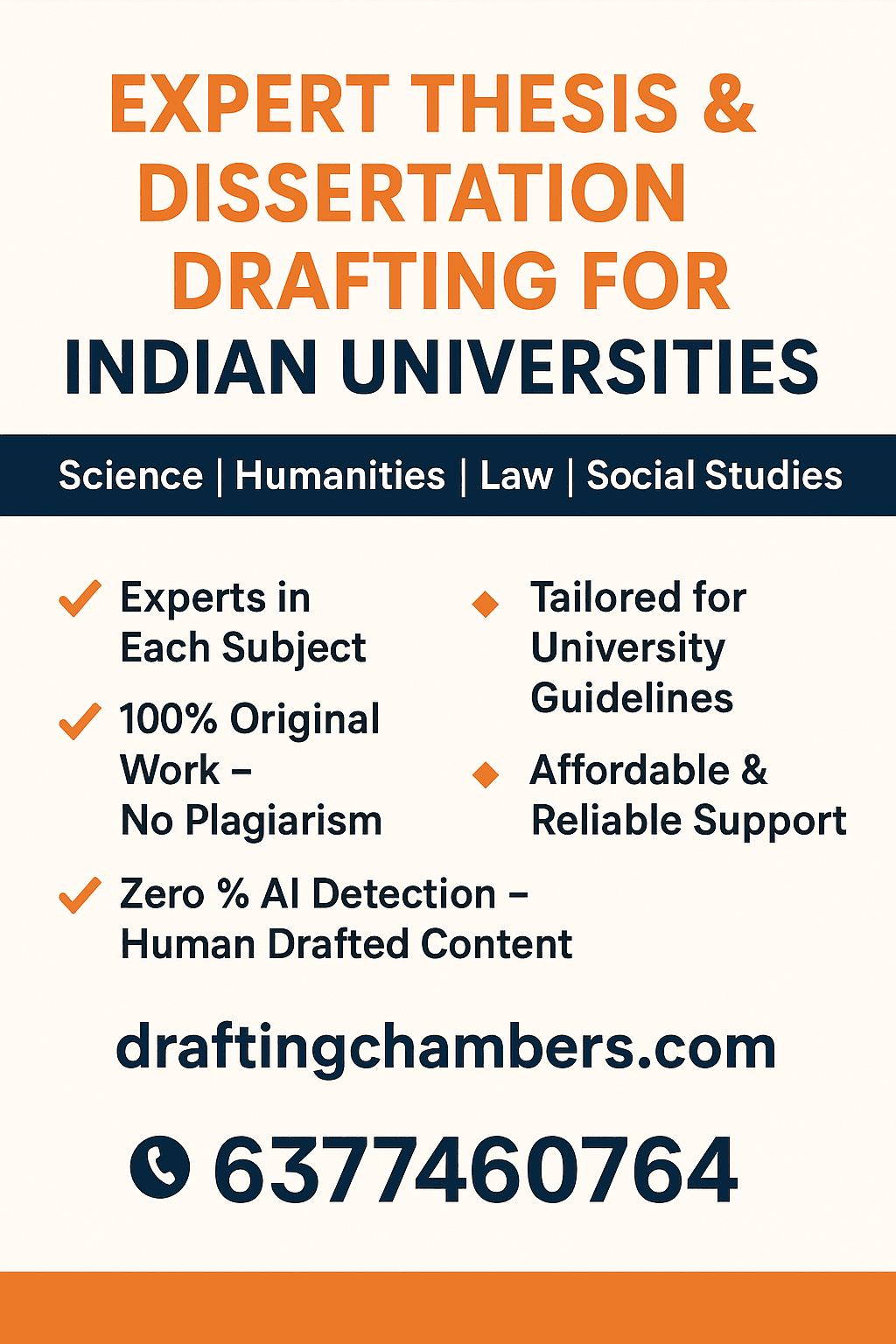
Ayodhya Verdict Under Fire: DY Chandrachud Contradicts SC Judgment on Babri Masjid's Origins"
What Chief Justice Chandrachud Stated
In a recent speech before a general audience, Chief Justice Chandrachud made some remarks about the historicity of evidence in Ayodhya case. According to him, there were no conclusive facts that could prove that Babri Masjid was constructed on the site of an existing temple. He highlighted that the judgment of 2019 was in the end decided on another ground of law, and so the judgment may not have been a direct acceptance of the fact that a temple was demolished to build the mosque.
This is even more dramatic as it is said by the supreme court of the country and this individual in this case is himself an author of the judgment in question. His statements suggest a subtle interpretation of the facts, the difference between the presence of something underlying and the process itself of destruction. These words of the CJI insinuate that there was a construction under the mosque, but the account of the active demolition and change does not have the conclusive evidence, which now has turned into one of the central topics of civil discussion.
His speech was in the range of a larger debate of law and justice, but this particular observation has been pulled out and focused on an intense analysis. Most have interpreted it as a personal comment by the CJI, that provides an insight into the complications and issues of evidence that the Supreme Court bench struggled with as it resolved one of the most sensitive cases in modern India.
For any queries or to publish an article or post or advertisement on our platform, do call at +91 6377460764 or email us at contact@legalmaestros.com.
A Look Back at the 2019 Ayodhya Verdict
The Supreme Court decision of 2019 was a landmark and a complicated one that was supposed to bring a peaceful resolution to the old-time conflict. A constitutional bench of 5 judges and which included the incumbent CJI, voted unanimously to transfer the full 2.77 acres of the disputed land in Ayodhya to build a Ram temple. The central government was ordered by the court to establish a trust to administer the land and see the construction of the temple.
One of the most important components of the judgment was based on the discoveries of the Archaeological Survey of India (ASI). The ASI report had determined that a huge, pre-existing structure was discovered under the Babri Masjid and the underlying structure was not of Islamic origin. These findings were embraced by the court and they used them to justify the argument presented by the Hindu parties that the site had a rich history of religious importance to the Hindu, which existed before the mosque was built.
The verdict however included some very harsh words of disapproval concerning the demolition of the Babri Masjid on December 6, 1992. The court referred to the act as an outraged breach of the rule of law and a premeditated act of demolishing a place of worship. To give justice to the Muslim community, the court directed that five acres of a high profile alternative piece of land be handed over to the Sunni Waqf Board to replace the new mosque construction in Ayodhya.
For any queries or to publish an article or post or advertisement on our platform, do call at +91 6377460764 or email us at contact@legalmaestros.com.
The Apparent Contradiction and Its Nuances
This dispute is based on the seeming contradiction between the recent statement of CJI Chandrachud and the intensive use of the ASI report in the 2019 ruling. It was not long before critics and observers stated that in the event no evidence of a temple being destroyed, then the basis of granting land to build a new temple is weakened. The decision was widely construed to have accepted the Hindu argument that a temple had been destroyed, even when it had been worded very cautiously.
But a further examination shows that there is a difference, though it is not very pronounced. The court ruling of 2019 confirmed the existence of a non-Islamic structure under the mosque, which the mosque relied on to determine that the site had a religious significance to Hindus before it was created. It however did not make a final conclusion that a functioning temple was intentionally destroyed by the 16th-century Mughal general Babur or his soldiers in order to construct the Babri Masjid. The decision was more on a balance of probabilities on the topic of constant worship and possession.
The new statements being made by CJI Chandrachud are limited to the fact that there is no evidence of the demolition act, which is not the same issue as the presence of a previous building. This subtle stance indicates that although the court admitted that the mosque was not erected on bare land; there was no sufficient evidence that the court could use to determine that a pre-existing temple was burned down to erect the mosque. This legal nicety was widely neglected by the popular understanding of the 2019 decision.
For any queries or to publish an article or post or advertisement on our platform, do call at +91 6377460764 or email us at contact@legalmaestros.com.
Reactions and Broader Implications
These remarks by the CJI have caused a tsunami of responses. His words are viewed by those who have been critical of the 2019 verdict as vindicating their position. According to them, the admission that CJI himself made is the revelation of the inefficiency of the initial judgment and the fact that the decision was made out of the faith instead of the actual evidence. It has provided them with new reasons to doubt the reasonableness and rationality of the eventual decision.
Conversely, those in favor of the verdict indicate that the statement of the CJI is out of context. They hold that the essence of the decision was that the Hindus had been worshipping and praying continuously on the site which was legally adequate to provide them with the title. According to them, the problem of demolition was secondary to the fact that it was established that the structure beneath was non-Islamic and discovered earlier.
The evolution poses significant concerns over how judges act and how a Supreme Court ruling can be considered final. It is extremely rare to have a sitting Chief Justice make such a public statement that might be construed to mean that he is beneathing a verdict upon which he was a party co-author. These statements might well lead to the opening of a review of or at least a new scholarly and legal analysis of some form of case which was deemed to have been put to rest.
For any queries or to publish an article or post or advertisement on our platform, do call at +91 6377460764 or email us at contact@legalmaestros.com.



![JOB POST: Junior Associate at ASM Law Chambers, Jaipur [Freshers]](https://legalmaestros.com/wp-content/uploads/2025/11/Gemini_Generated_Image_8wrxer8wrxer8wrx-768x708.png)

